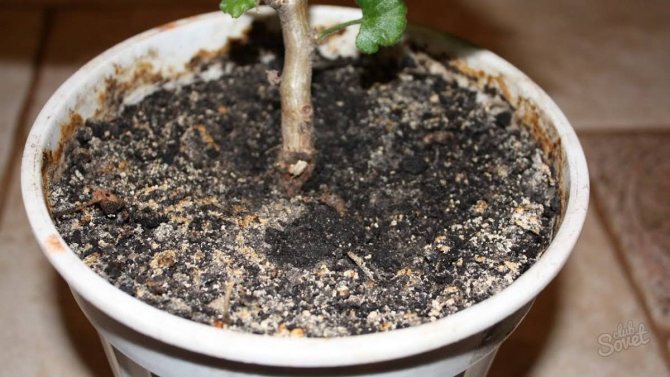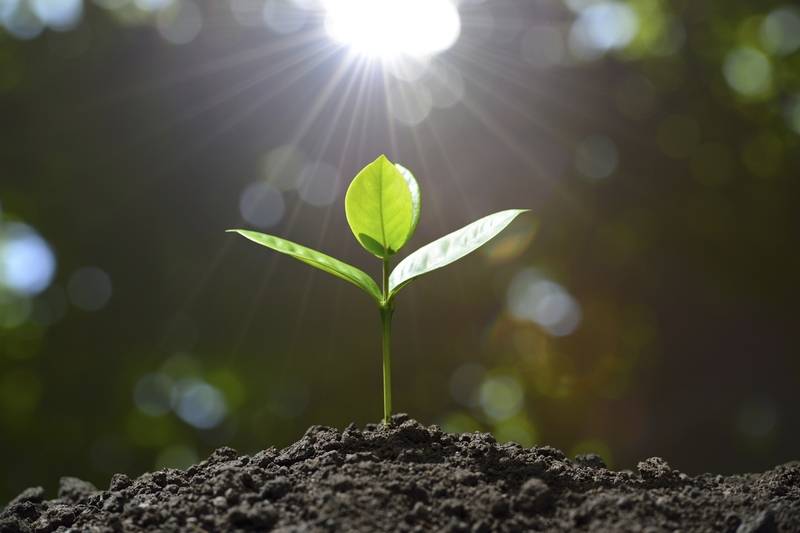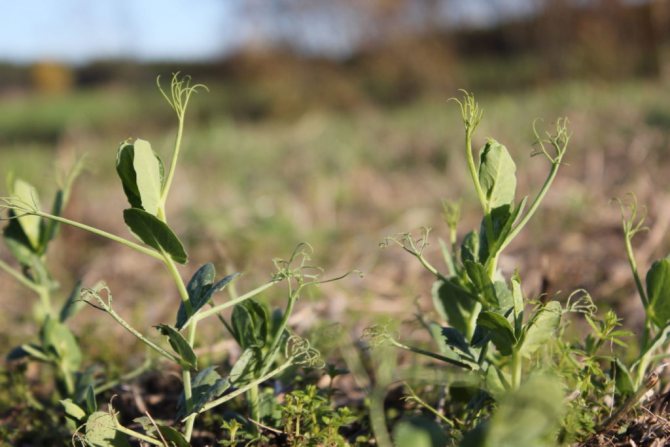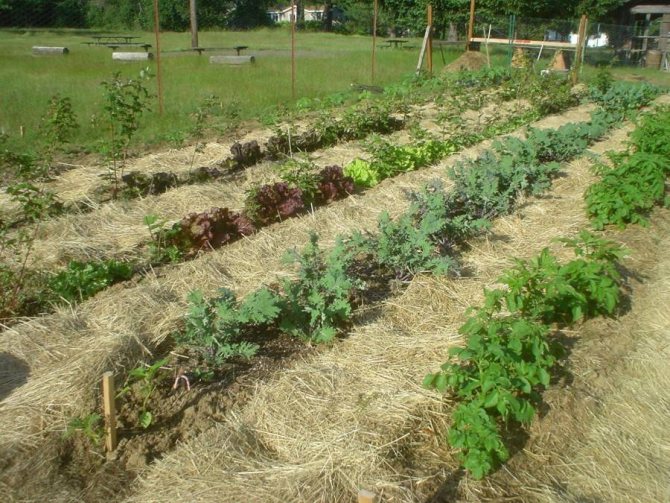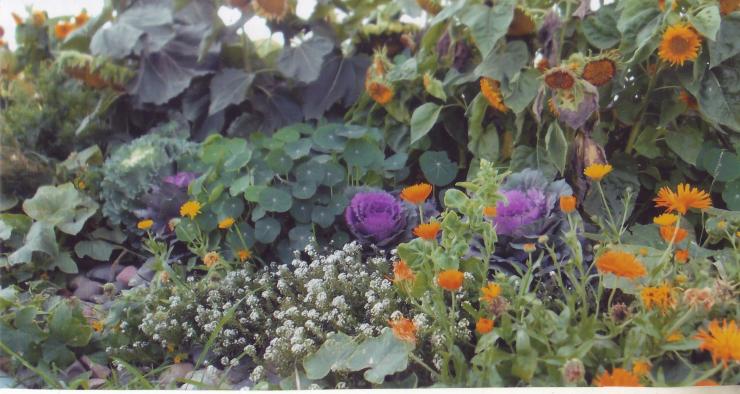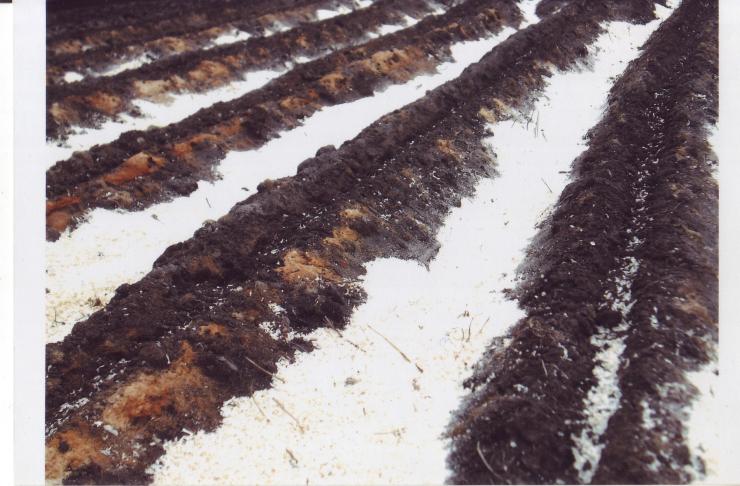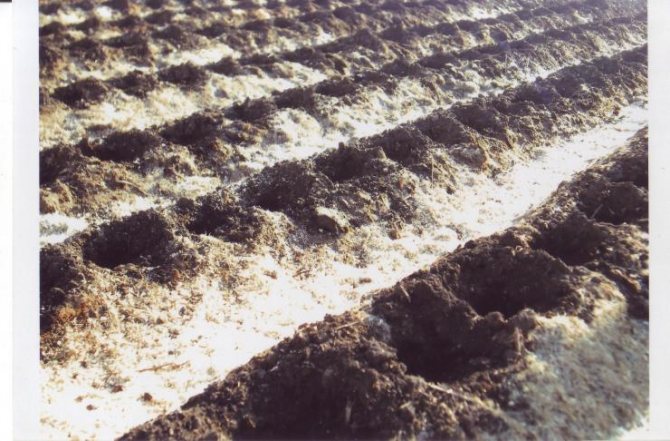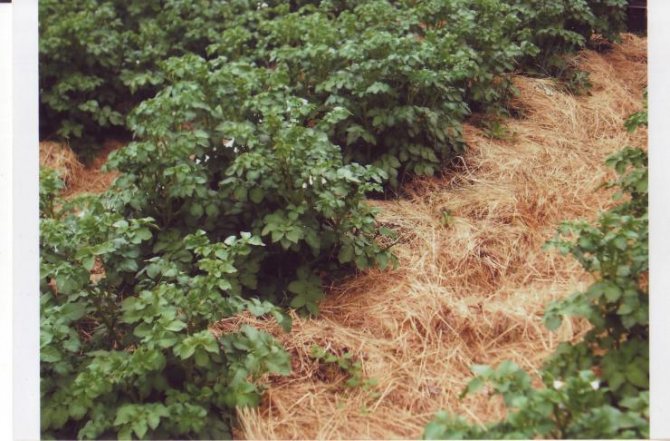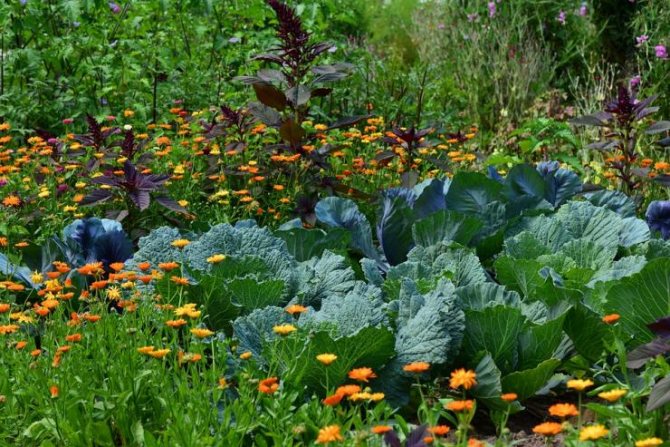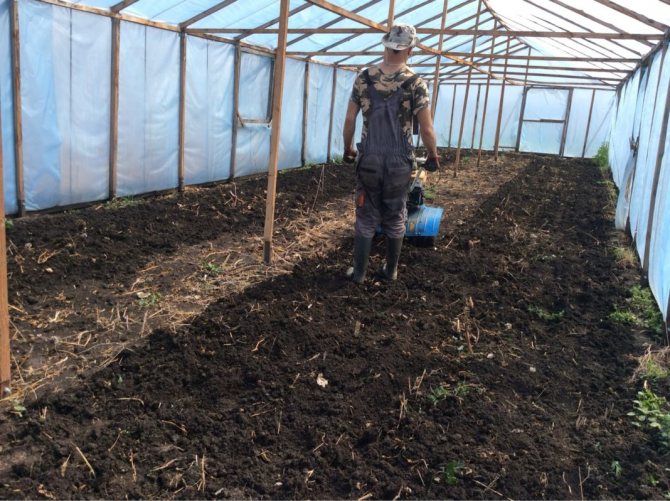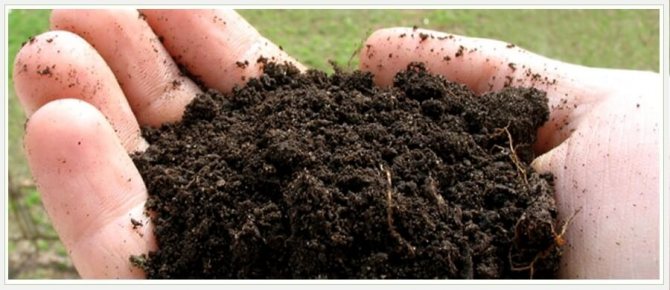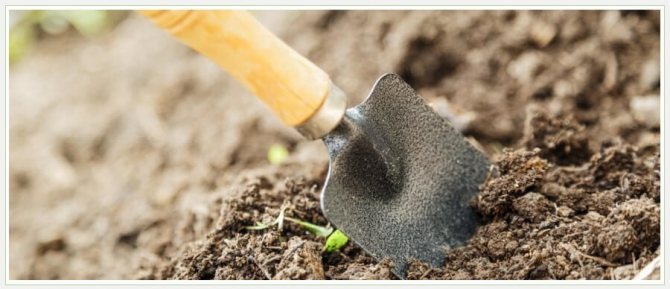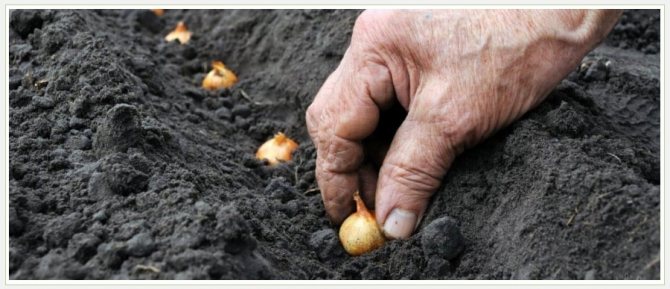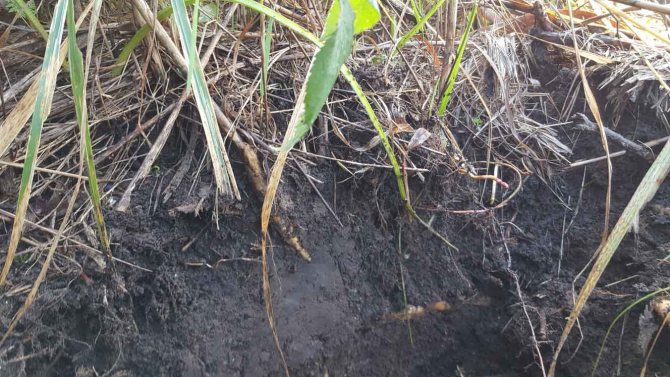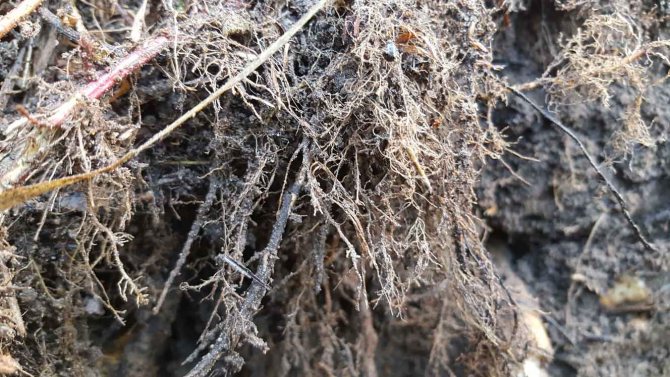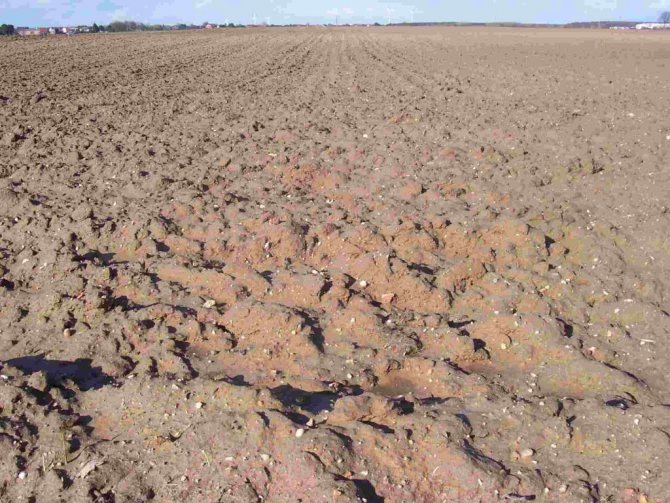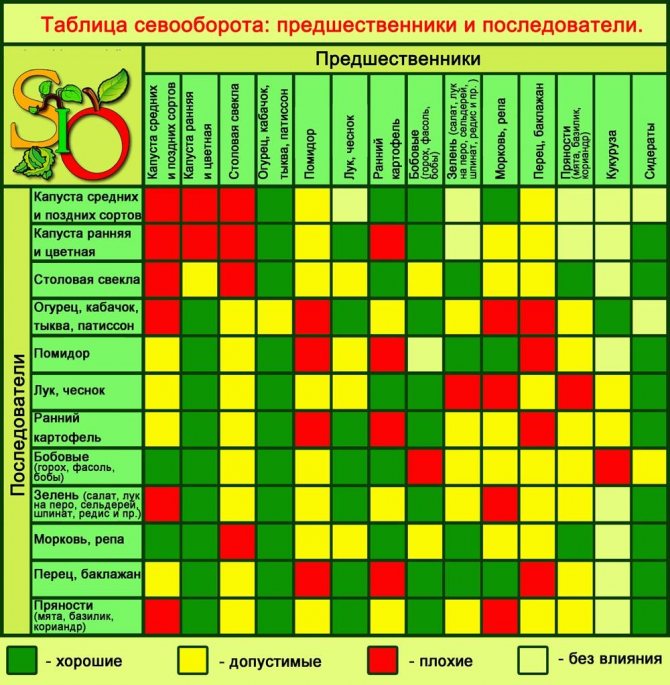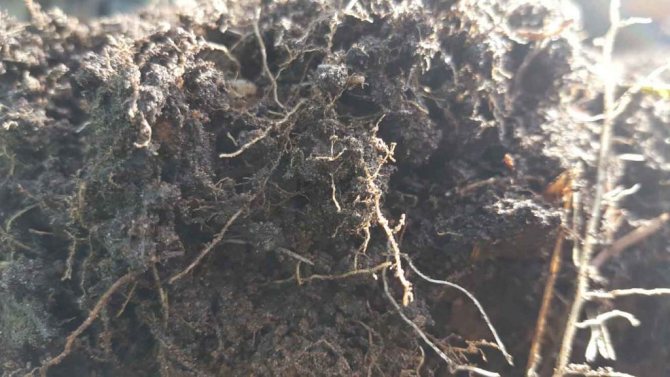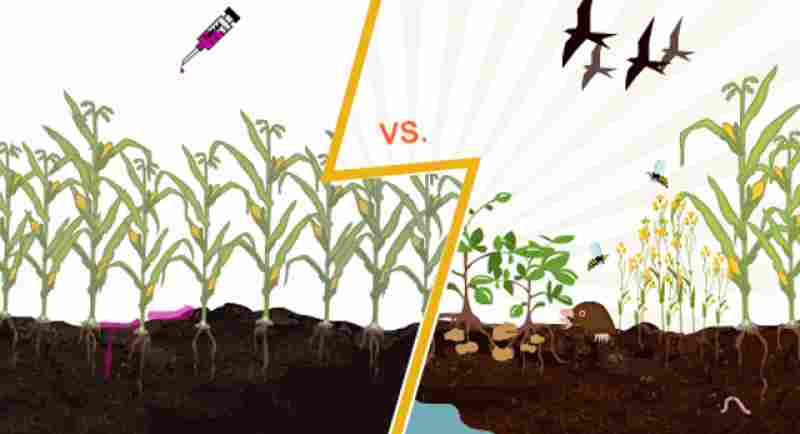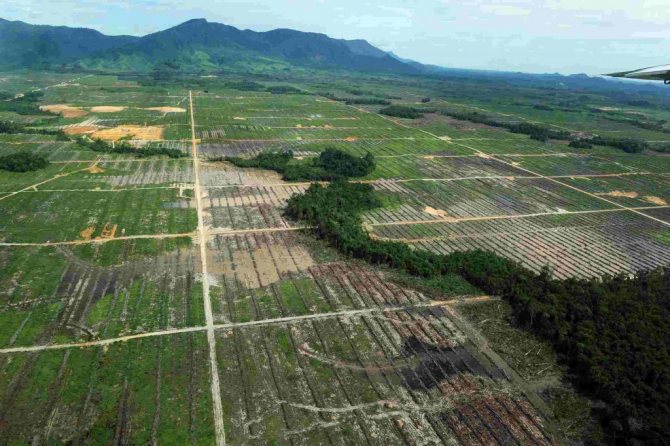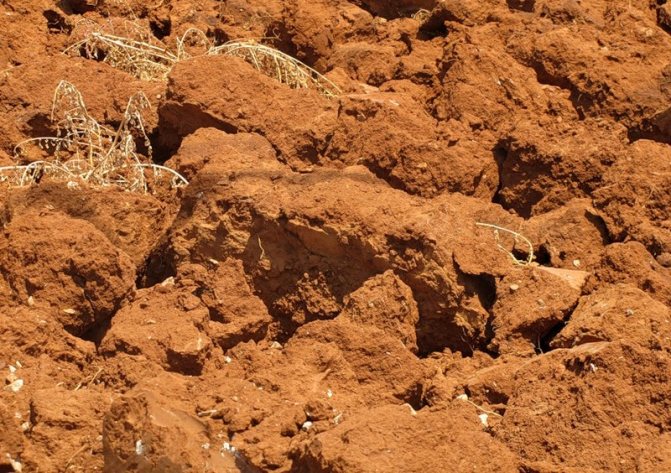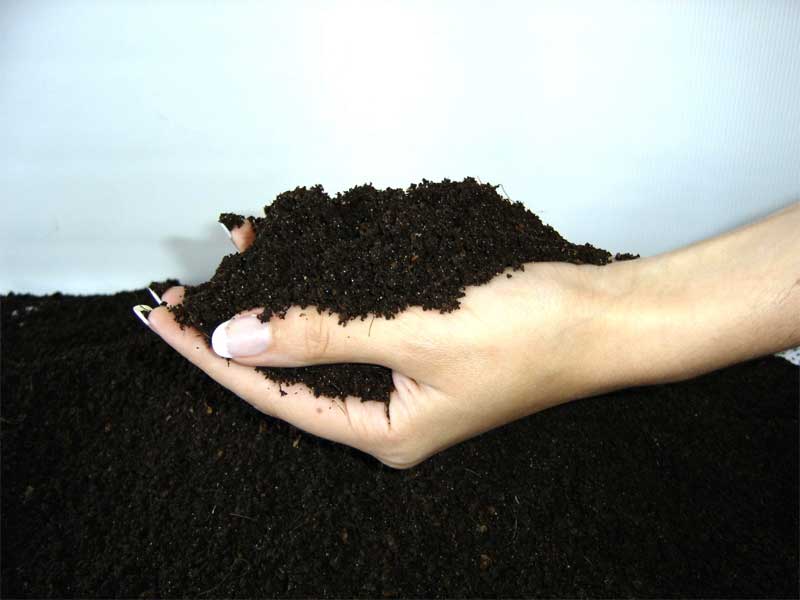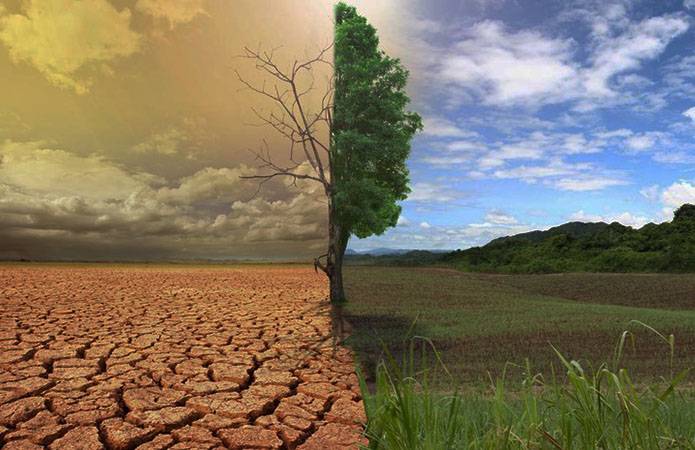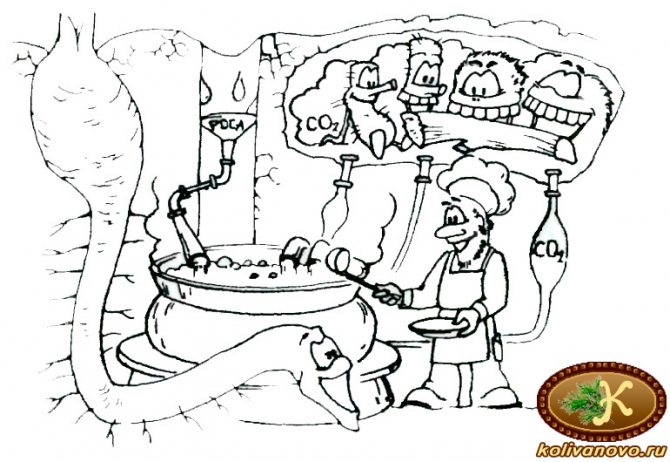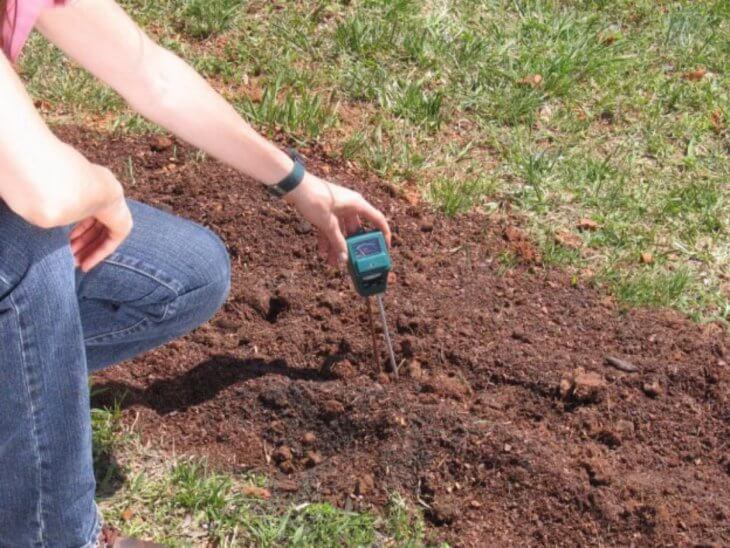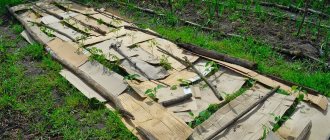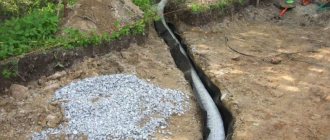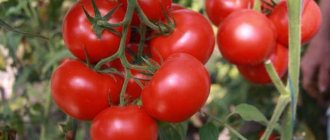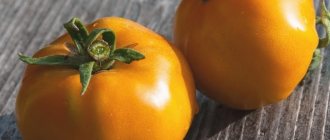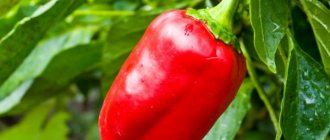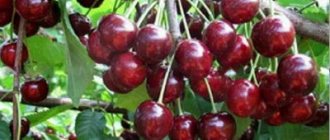Home »Garden and vegetable garden
Editor's Choice
Garden and vegetable gardenTips for beginnersFertilizers and stimulants
Margarita Merkusheva
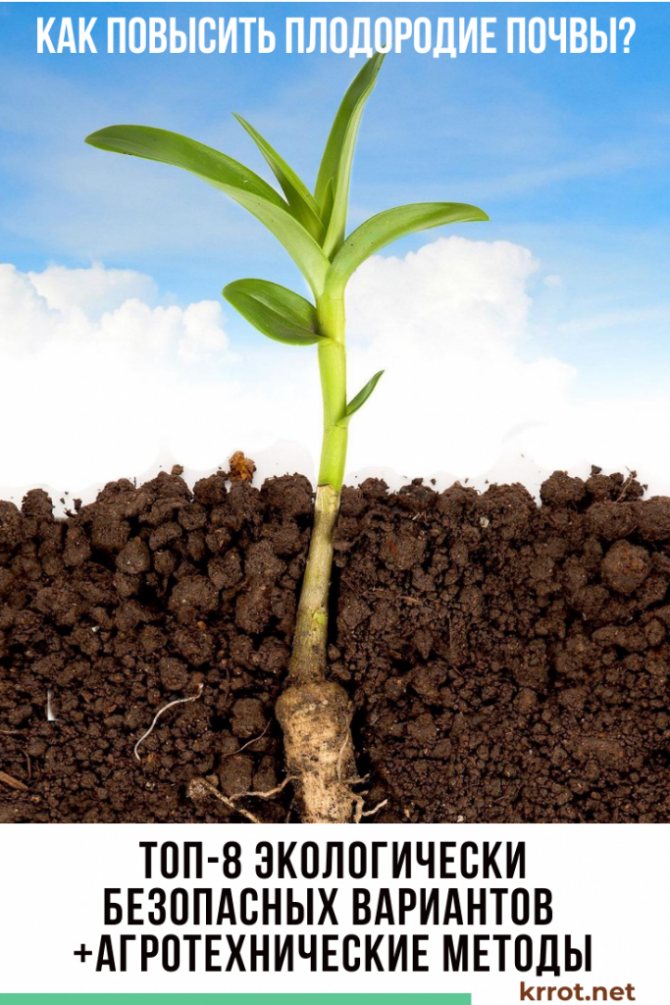
The land is the main component of the future harvest. Information about her is important in the smallest detail.
It is necessary to know it in order to find opportunities to increase its beneficial properties without damaging the microflora, which is very fragile.
At first, it may seem that it is unrealistic to do this without the use of chemicals. In addition, manufacturers of these fluids offer quick ways to get a positive result. But these are not all possibilities.
There are other ways you can improve the fertility of your soil. They are absolutely safe for people and the plant world.
In this article, we propose to consider all possible options in more detail.
- General concept
- Views
- What does it depend on
- What reduces
- 8 Ways to Increase Fertility
- Agrotechnical methods
- Clay soil
- Sandy soil
- Salt licks and acidic soil
See also: Dishes on the fire: 15 very simple and delicious recipes for outdoor recreation |
General concept


Fertilizing the soil
Fertility means the ability of the soil mixture to provide the crops growing in it with the necessary nutrients, moisture, oxygen, and heat.
This quality depends on:
- how fully the plantings will develop, their health
- what kind of harvest will they give
The soil should provide a favorable physicochemical environment for plant roots.
A good annual harvest will require constant monitoring of soil fertility in the area.
It is not possible to independently determine the quality of the soil composition. This requires laboratory tests. This is the only way to find out the exact data on the composition, on the saturation of nutrients in an expanded form. The dosage of applied mineral and organic fertilizers, the need to adjust the acidity and other procedures to restore the soil depend on this.
Gardeners with experience try to carefully monitor the soil on their backyard plots. Observing the development of plants, the indicators of their productivity can approximately determine how much the fertility of the land meets the necessary standards.
back to menu ↑ back to menu ↑
See also: Dishes on the fire: 15 very simple and delicious recipes for outdoor recreation |
Digestion of the earth
The earth, like humans, has its own digestion process. If the digestion of the earth is disturbed, then even the most useful organic matter will remain in an undigested form and will not pass to the plant in the form of nutrients. The state of the soil is largely determined by the composition of the microflora. The work done by scientists (Terou Higa, Shablin, etc.) made it possible to identify groups of bacteria that determine the general vector of development of soil flora. Signs of the prevalence of effective microorganisms - the presence of lactic acid fermentation in the process of soil digestion; pathogenic bacteria - give putrefactive reactions during decomposition.


On healthy soil, if you add organic matter, it does not rot, but is instantly processed into stable humus by beneficial soil microorganisms.
Organics laid in a thin layer on the sand will dry out, buried deep - will rot.
Soil digestion is a living process of converting the energy of the sun, organic substances through food for soil animals, which, eating organic matter, and then each other, accumulate their metabolic products in the soil: urea, minerals, amino acids, antibiotics, vitamins, hormones, combining chemical bonds with a "matrix" (rock minerals, sand and clay). Therefore, we can say that the ability of the soil to "digest" organic matter determines the stability of further fertility.
Views
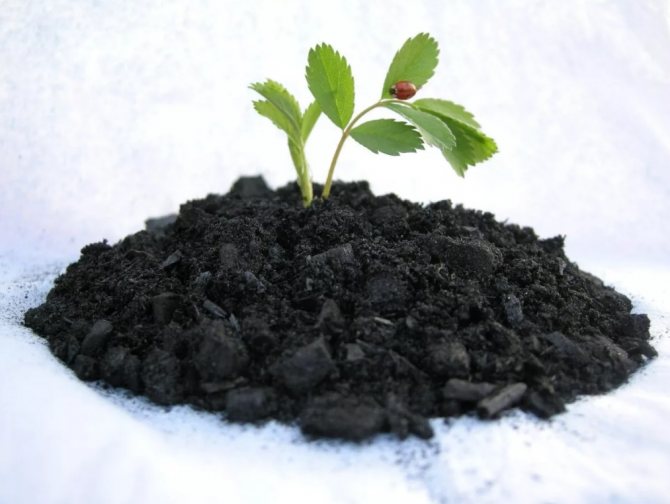

Chernozem has the best performance
The main types of land fertility can be distinguished:
- natural
This is the natural state of the soil without human intervention. This quality can be possessed mainly by virgin lands. Fertility rates here can be very high or very low quality. It depends on how the circumstances of nature and soil-forming factors are combined and combined. To determine the biological productivity is calculated. This is the amount of vegetation growing per unit area in 1 year.
- artificial
It is created under the directional influence of a person (processing, feeding, reclamation, and other manipulations for cultivation). All virgin lands involved in circulation and becoming a means of production and a product of human labor have fertility of a natural and artificial type. Substrates that are created for growing vegetation in greenhouse and greenhouse areas have only artificial fertility.
This type is characteristic of all soils that are subjected to cultivation. They also have natural fertility. Depending on the culture of agriculture, the initial qualities of the soil change and natural fertility is expressed to a greater or lesser extent. It is impossible to determine exactly what species this or that part belongs to.
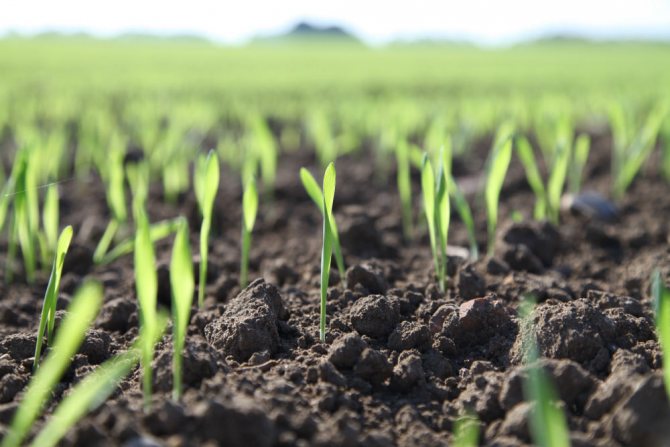

Plants should receive everything they need in full.
The above types are inextricably linked and form the following view.
- efficient (economic)
This type depends on the following indicators:
- degree of natural appearance
- operating conditions of soil for production purposes
- the degree of development of science, technology and the implementation of their achievements
It is a link of the following type.
- potential
It is determined by properties that were acquired in the soil-forming process or created (changed) by people. It is characterized by the ability of the soil to supply the vegetation with the necessary nutrients for a long time and maintain the efficiency of fertility at a high level. Meadow peatlands have similar qualities. They are drained and mastered. In such a soil, cultivated plants give high yields. Chernozem has a high level of fertility of this species, podzolic soil - low.
Chernozem soil has the best fertility. It has a thick fertile layer and an acidity close to neutral. In such a soil, the change in the acid-base balance, pollution with salts and waste occurs more slowly.
Different plants require different soil conditions. For this reason, there is a concept of relative soil fertility. The same soil composition may or may not be suitable depending on the type of plant. For example, marsh vegetation thrives on marsh soils. Such an environment, in turn, is not suitable for steppe plants. The acidic podzolic soil is fertile for forest vegetation, salt marshes are suitable for halophytes.
back to menu ↑ back to menu ↑
See also: Onions - a plant with a pungent taste: description, types, spring planting in the open field and care for it + Reviews
Fertility assessment
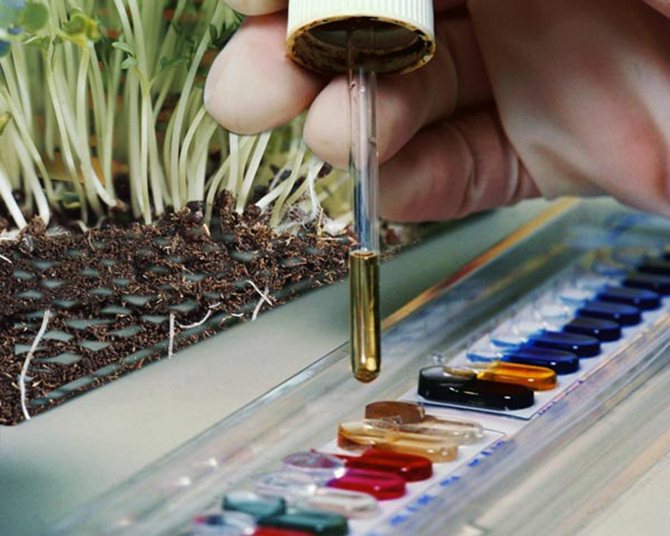

For the development of agriculture on a national scale, it is absolutely necessary to have uniform criteria for assessing land fertility. Only if there are clear numerical values for the main measured parameters, it can be concluded that it is advisable to use certain lands for the cultivation of certain crops.
Soil fertility is determined by comparing traits that are not subject to dramatic changes over time, but reliably characterize the potential yield of major crops.
Most important for determining soil fertility the following indicators:
- acidity;
- grading;
- humus and clay content;
- the content of phosphorus, potassium, nitrogen, calcium and other elements.
However, these data do not provide a complete picture. To assess the possibility of using soil in agriculture additionally taken into account:
- Technological properties of the site... A comparison is made of the convenience of field work in a specific area in comparison with the standard. A rectangular plot of arable land that does not have a slope, is free from stones and other obstacles is taken as a standard. It is necessary to compare the costs of performing the work on the reference site and the degree of cost increase when performing the work in the worst conditions.
- Location conditions... In this assessment, the main factors are considered to be the remoteness of cultivated land from asphalt roads, the distance between land and industrial complexes performing agricultural work.
Onions for greens: varieties of varieties for planting
What does it depend on
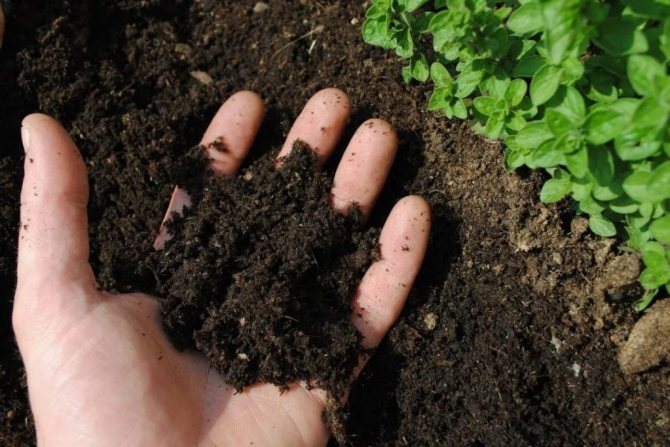

The quality is influenced by various factors that are not all subject to a person.
The fertility of the land is influenced by various factors. Not all of them can be controlled by humans. The weather, the climatic zone, the types of insects that are inherent in a given area depend only on nature. People can adjust and change the types of crops that are grown and the processing technology.
Some of the main indicators of soil fertility are:
- looseness
- chemical composition
The first indicator depends on the type of soil. At a low level, insects and plants developing in the ground will help for improvement. These can be ants, insect larvae, earth insects and plant roots (primarily green manure).
The chemical composition includes the level of acidity, various components (salts, minerals) necessary for the full growth of plantations. Fertile soil contains all compounds in normal quantities.
Over time, both indicators decrease, their level decreases. To avoid soil depletion, appropriate action must be taken.
back to menu ↑ back to menu ↑
See also: If there is cabbage, the table is not empty. Or harvesting pickled cabbage for the winter (13 delicious recipes)
Carbon dioxide
Carbon dioxide is involved in the process of photosynthesis of plants, and it also participates in the process of dissolving minerals. The more it is, the better - there is never too much of it. But at the same time, carbon dioxide inhibits the nitrification process, since nitrifiers breathe oxygen.
Plowed soil cannot solve this problem. But the natural-structural soil solves it with ease.
A large amount of humus gas is formed in the humus layer: microbes "breathe out". This gas gradually flows down the channels down into the subsoil, as it is heavier. There he meets minerals and dissolves them. And in the upper soil layer, nitrification continues without any hindrances.
We examined in detail the conditions of soil fertility. If you have any questions or want to discuss something, be sure to leave your comment.
Based on the materials of NI Kurdyumov "Encyclopedia of the smart summer resident".
What reduces
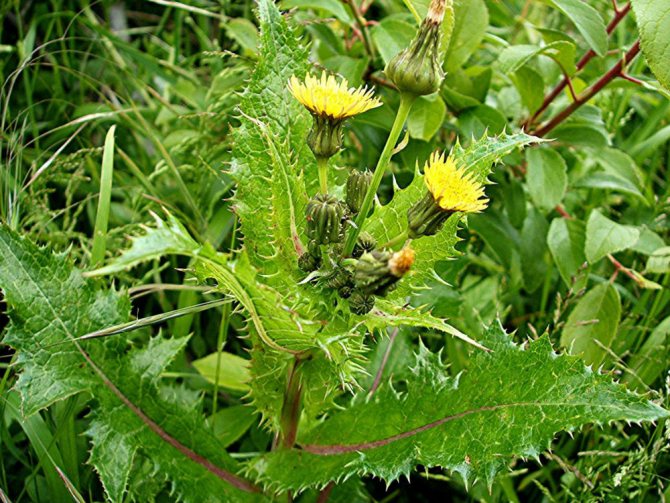

Weed grass releases toxic secretions through the roots
To maintain the quality of the soil composition, it is useful to know what factors can reduce it:
- acid or alkali
For a large number of plants, only soil with a neutral acidity level is suitable. But there are cultures that prefer acidic soil. For this reason, it is necessary to adjust this indicator in order to provide the grown crop with a suitable soil for it.
- gley (acidified compounds)
This indicator appears from regular abundant watering, rains. The compounds do not allow oxygen to penetrate into the soil, which is why it sour. Depending on the type of soil, the composition and characteristics of these compounds may be different.
Souring is due to glue. It is clay with a bluish color. It interferes with the normal development of cultivated plants. Oxygen is required to destroy the glue. It destroys harmful substances and promotes soil health.
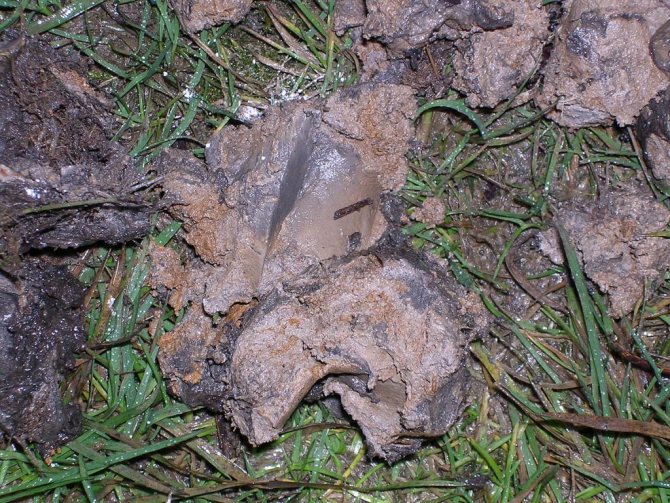

Gley
- household salinization
Household waste (waste products of people, food waste from the table, which are later used as fertilizers, salt with chlorine) heavily pollute the soil and it is very difficult to get rid of them. For example, lime is able to bind household salts only temporarily.
- excretion of weed roots
Poison can be released from the roots of the weeds into the ground. This will inhibit the development of other cultures, because such soil is a poor environment for their growth. For example, tomatoes and cucumbers will feel the effects of this poison for 1-3 months. after the destruction of weeds.
Certain enzymes are required to destroy poisons, which are released from the vital activity of microorganisms in the soil. For this reason, it is very important to fertilize the soil before planting.
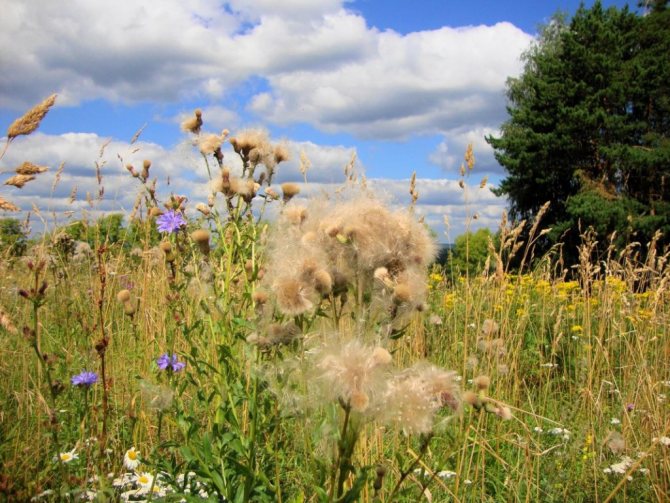

Weeds
- slags
All landings, incl. cultivated, through their roots they release the products of their vital activity (slags) into the soil. If the plant is grown in one place for a long time, this will affect its decorative qualities and the amount of harvest. Therefore, it is considered very important to regularly renew the soil, even partial, or carry out a transplant.
Each individual factor greatly reduces the fertility of the substrate, and a combination of several can lead to complete unusability. It will be impossible to grow culture in such an environment.
Different crops tolerate each of the factors that reduce soil fertility in different ways. For example, raspberries. It can well tolerate changes in acidity levels, weed poisons. But salinity has a bad effect on it. Or strawberries. It grows well in different soil compositions, but is unable to tolerate excretions from its own roots. Because of this, she is transplanted every 3-4 years.
back to menu ↑ back to menu ↑
See also: Carrots: description, planting in open ground, care, feeding + Reviews
Machine soil degradation
In recent decades, the term “machine soil degradation” has appeared in the specialized literature. It denotes a complex of harmful effects caused by wheels, tracks and working bodies of tillage machines.
The compacting action from wheels and tracks extends up to 1 m in depth and up to 0.8 m in the transverse direction and can persist until the next growing season. The quality of work when performing technological operations in compacted areas following the tracks of agricultural machines does not meet agrotechnical requirements. On the surface of the field, traces up to 0.12 m deep remain, along which the soil density significantly exceeds the optimal values, the specified cultivator processing depth is not maintained, up to 48% of grain seeds are not sealed to the specified depth, the traction resistance of the working bodies working in compacted areas increases the quality of harvesting is deteriorating.


All agricultural machinery that is used today in crop production can be represented as a system consisting of two parts:
1) tools for processing soil and plants:
2) a tractor - a "tractor" that moves the implements.
The main function of the "tractor + implement" system is to cultivate the soil and plants in accordance with a given crop growing technology.
In recent years, manufacturers of agricultural machinery, in order to increase the productivity of machinery, have increased the working width of sowing machinery. But at the same time, the harmful compacting effect of the tractor and the wheels of the implements on the soil increases. It turns out a kind of vicious circle: in order for a tractor to pull a wide-reach seeder, it must be powerful and have good grip on the soil, but a powerful "tractor" weighs more, which means it destroys and compacts the soil more.
It turns out that in order to work effectively and at the same time not to compact the soil, the "ideal tractor" must be both powerful and lightweight. But, according to experts, today this task is impracticable. In addition, in recent years, there has been a tendency towards heavier harvesting equipment. It turns out that the heavier the tractors become, the more tools must be for tillage. It turns out that more than 80% of the energy in agriculture is spent on using some machines to compensate for the damage caused by other machines.
Giant machines flatten and compress the topsoil, which is usually half air pockets. And then, deep in the soil, a compacted layer inaccessible to any plow is formed, which interferes with root growth, ventilation and moisture penetration, significantly reducing soil fertility.
Compaction also damages the soil at the biological level. Even Charles Darwin dreamed of "cultivating the land through the vital activity of worms", which not only constantly plow, but also fertilize the soil with several tons of waste per hectare per year. According to the results of a study by soil scientist-zoologist Stefan Schrader from Braunschweig (Germany), due to compaction, "the number of small worms - about 6 thousand per square meter - after the impact of heavy machinery is halved."
Agrotechnical methods


The use of wood ash has a beneficial effect on the harvest
To obtain a rich harvest, there are also simple agronomic options for increasing soil fertility. They will give not only a high-quality result, but also will not disturb the natural microflora.
Compositionally, soils are divided into several types:
- clayey
Moisture passes poorly through such a substrate and warms up slowly, which leads to low yield. An exception is clayey chernozem.
- loamy
Loams are a favorable environment for growing various crops, due to the available useful elements and loose structure.
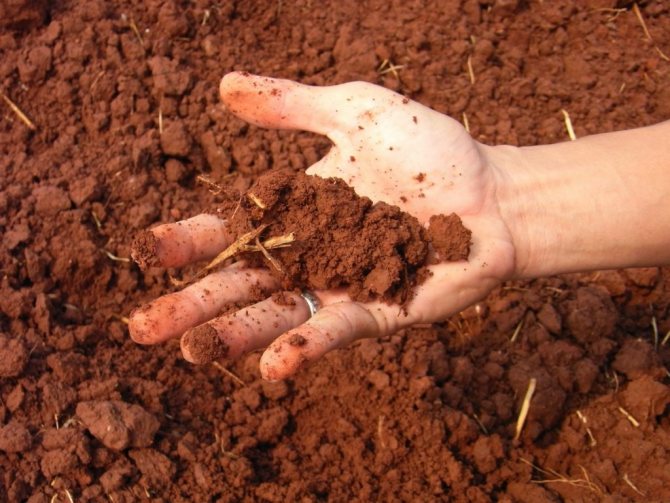

Clay soil
- sandy and sandy loam
It is a poor, unsuitable species for gardening. The main content is sand. It has poor water retention ability.
- podzolic
It has a high acidity and a low content of elements necessary for the development of plants.
- salt licks
They contain sulphate and sodium chloride. It becomes sticky, heavy with excessive moisture, and in the summer it dries up and hardens.
To determine the species, it is necessary to wet a lump of soil, mold a flagellum and try to connect the ends to form a ring. The elastic, dense structure of the rope indicates the clay-like appearance of the substrate. The appearance of cracks indicates a loamy appearance, the sand is generally not able to hold its shape.
back to menu ↑ back to menu ↑
Read also: 3 best variations of the classic pickled cucumber recipe, plus salad and vinaigrette
Clay soil
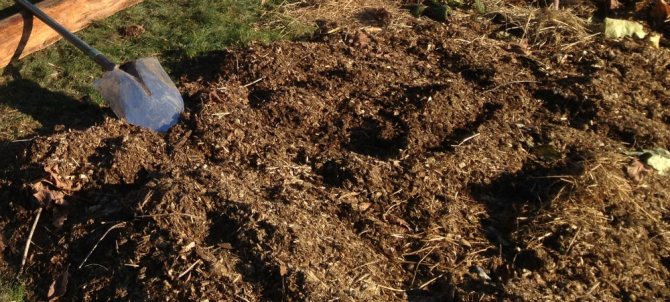

Manure improves microflora
Clay soil To loosen the structure, it is necessary to add sand at the rate of 30 kg / m2. In the autumn, the earth is dug up. The depth should be at least 25 cm. Ash (0.3 g / m2) and lime (0.5 g / m2) are added before digging.Manure enrichment and composting improves the microflora.
When the beds are located in the clay zone, the seeds are sown shallowly. This will allow the roots to be better saturated with oxygen and moisture. Seedlings are planted at an angle. This will provide it with faster heating, which will lead to more active fruiting.
back to menu ↑ back to menu ↑
See also: TOP-23 Recipes for salads with canned tomatoes: with tuna, beans, corn and other ingredients. Cooking Tips + Reviews
Sandy soil


Peas as green manure
Sandy soil This type must be filled with nutrients. For this purpose, lime (0.2 kg / m2) and manure (2 kg / m2) are mixed. This mixture must be applied 2 times a year. In autumn, the depth should be 25 cm, in the spring - 15 cm.
In March, the earth is dug up. Mineral and organic fertilizers are distributed in an even layer. Their proportions should be 1: 2. During the period of spring and summer, fertilizing is added several times.
To increase the density and fertility, green manures are used:
- peas
- beans
- lentils
- clover
- rape
- radish
- alfalfa
They allow you to improve the microflora, accelerate the production of humus, contain water, and enrich with nitrogen. They are useful for any kind of soil.
back to menu ↑ back to menu ↑
See also: Cooking beets for the winter - 17 wonderful recipes: very tasty and healthy
Salt licks and acidic soil
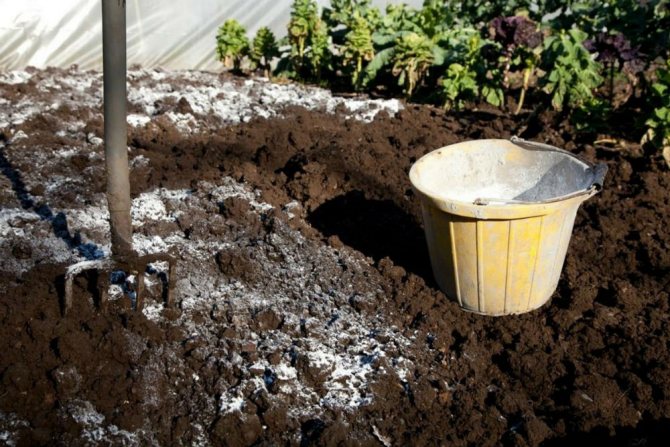

Adding lime evens out acidity
Salt licks and acidic soil To equalize the acidity, lime is added (1 kg / m2) and the feeding with organic matter with the addition of minerals is carried out. At the moment when the earth is loosened (spring, autumn seasons), wood ash is introduced.
Phosphogypsum (200-300 g / m2) is used to improve the structure of salt marshes. The addition of calcium sulfate removes salts from the lower layers and reduces the calcium content.
A good solution is to purchase black soil. With its help, the whole garden becomes taller.
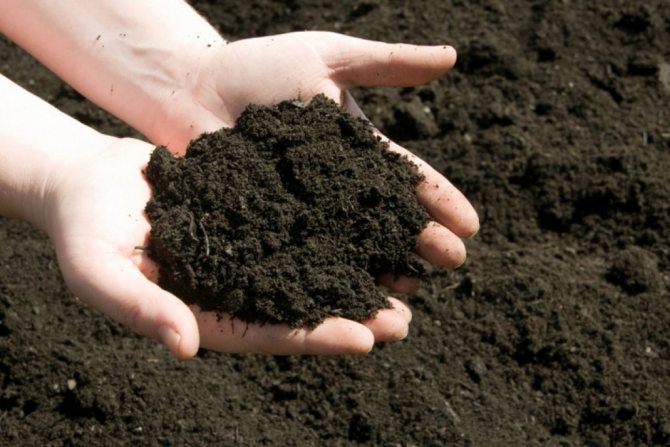

The plant requires loose and light soil
An accurate determination of the level of soil fertility is possible only with a special laboratory analysis. It takes time and costs money. But on the advice of experts, regular soil care, acidity regulation, fertilization, mulch application, watering, weed removal, will help maintain the soil condition at the desired level, and safely grow cultivated plants.
back to menu ↑
See also: Beets: description, varieties, planting dates, outdoor care, salad recipe (30 Photos & Videos) + Reviews
Video: EIGHT WAYS TO INCREASE SOIL FERTILITY
See also: Onions - a plant with a pungent taste: description, types, spring planting in the open field and care for it + Reviews
EIGHT WAYS TO INCREASE SOIL FERTILITY
How to improve soil fertility? TOP-8 environmentally friendly options + agrotechnical methods | + Reviews
back to menu ↑
See also: If there is cabbage, the table is not empty. Or harvesting pickled cabbage for the winter (13 delicious recipes)
Video: How to increase soil fertility. Composting preparations. Fertilizers
See also: Carrots: a description of the 28 best varieties, characteristics | + Reviews

